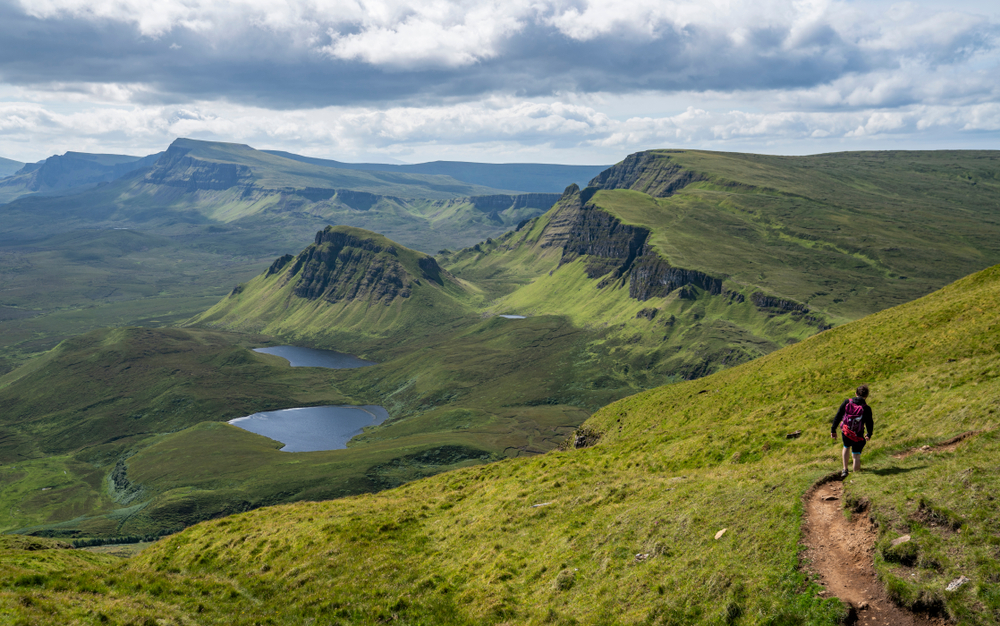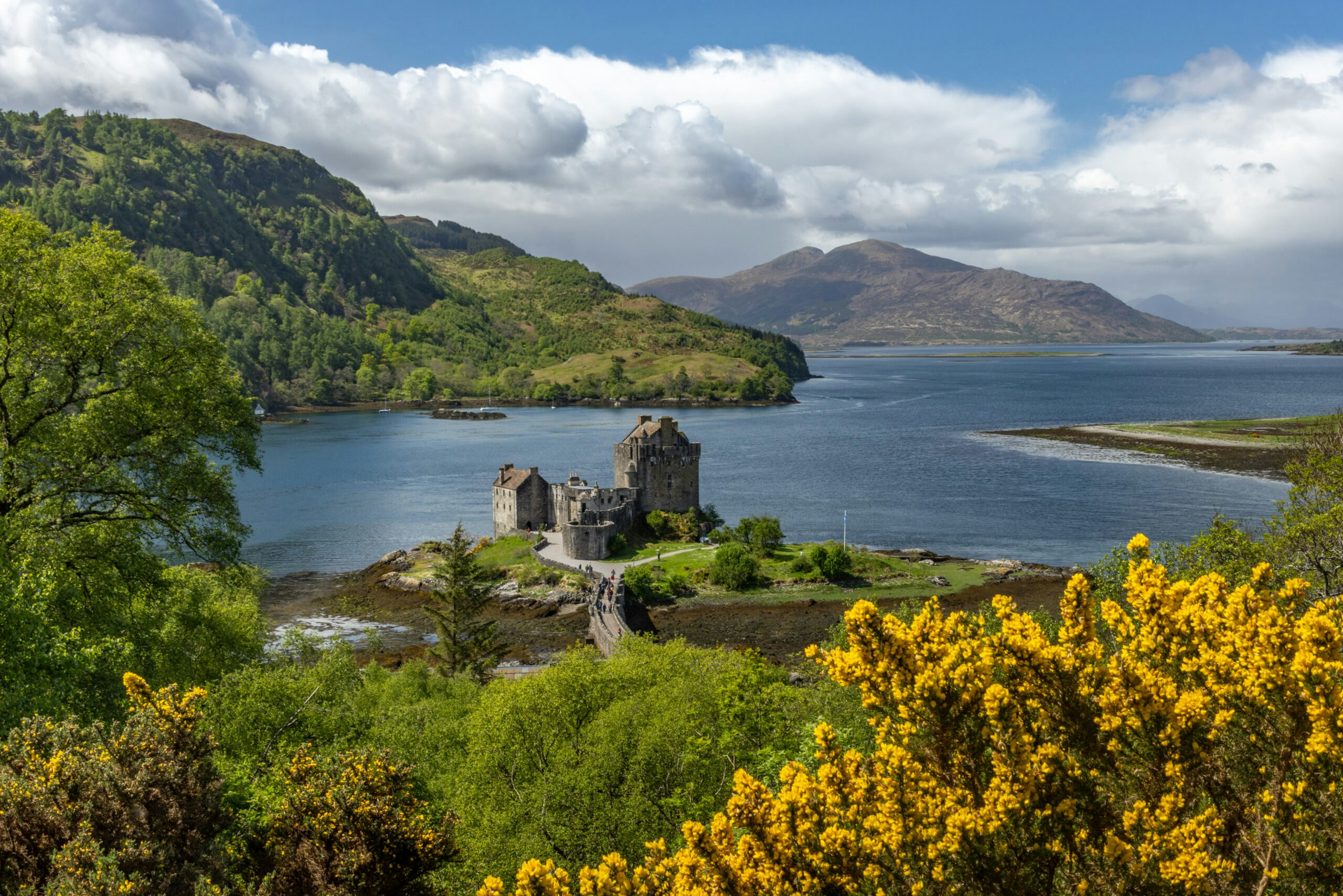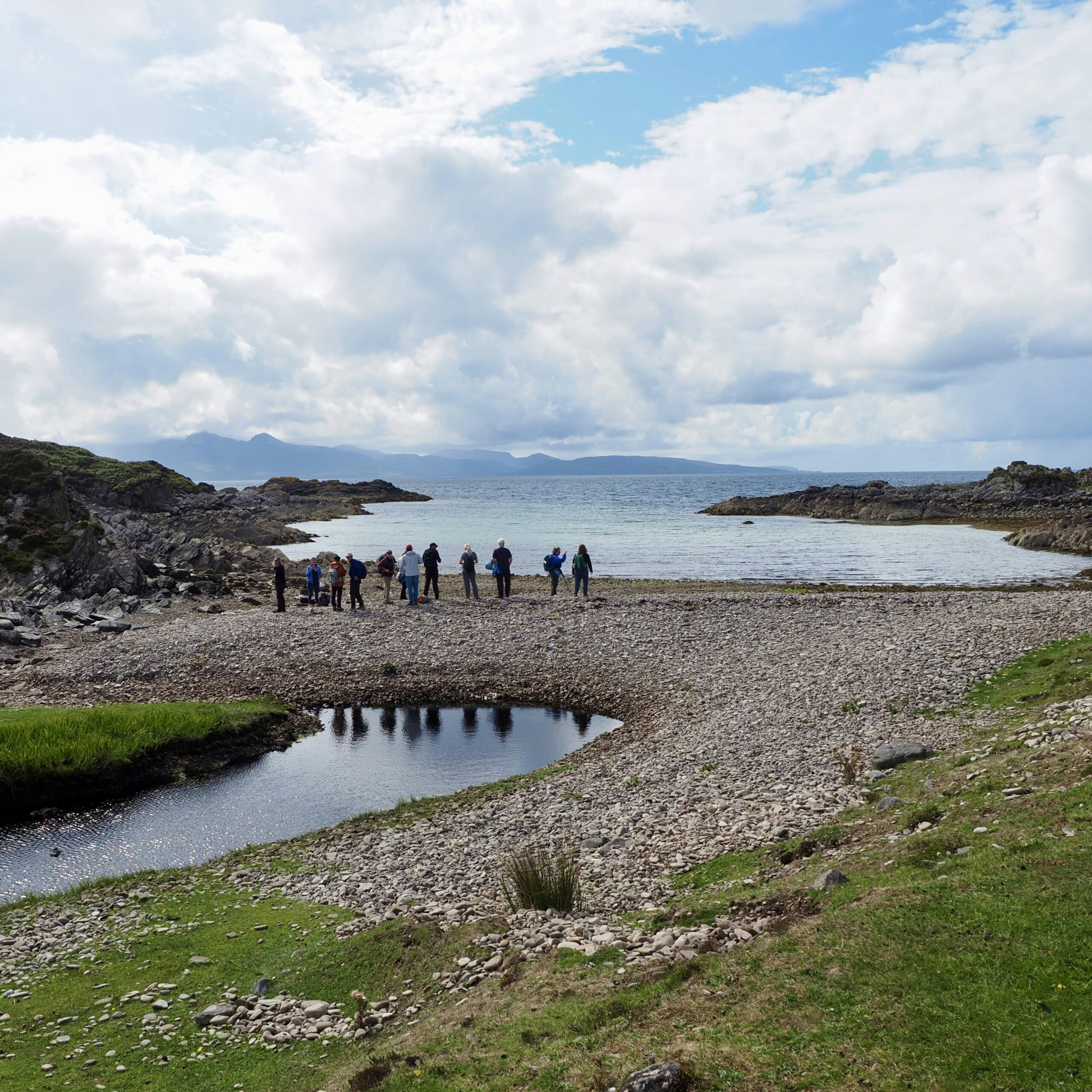Discover Scotland
Scotland is a land of solitary moments in the timeless landscapes of the Highlands as much as it is a land of energetic nightlife in Glasgow. From the medieval alleyways of Edinburgh’s Old Town, to the traditional life of the Outer Hebrides, this place conjures dreams of both myth and modernity. Rugged coastline, ancient Caledonian forest, fabulous festivals, rich history, cosmopolitan city life – it’s all here. For travelers seeking diverse outdoor recreation, ease of getting around, and immersion in local culture – all amidst one of the most romantic and idyllic settings in Western Europe – Scotland delivers.
Planning a trip to Scotland? Read our Scotland travel guide to find out when to visit, what to do, and much more to make your vacation unforgettable.
What is the best time to visit Scotland?
The best time to visit Scotland is between March and August, when the temperatures are at their peak and the daylight hours at the longest. Between June and August, the average high temperatures hover around 65 degrees Fahrenheit. Summer is also a peak time for festivals. To save money, consider visiting between November and March (dress warmly), or during spring or fall, when the crowds are fewer and the weather is relatively mild.
What is the best way to get to Scotland?
Flying is the best way to get to Scotland. Flights from the United States to Scotland range from 6-10 hours nonstop, depending on your departing airport. International flights arrive at Edinburgh and Glasgow airports.
How to get around Scotland?
Renting a car and driving is a great way to see Scotland, thanks to an extensive road network. Driving is on the left-hand side of the road, as is the rest of the UK. In addition to major roadways between cities (referred to as “A” roads or “dual carriageways”), the country also has 12 National Tourist Routes and the North Coast 500. Island roads are typically single-lane between small villages, with passing areas.
Scotland also boasts a well-developed rail network for inner-country travel and with regular connections to the rest of the UK. The cost is typically low and the service is punctual and reliable – not to mention some of the most scenic routes in the world. The main rail operator within Scotland is ScotRail.
In larger cities, inner-city bus service is reliable and fast. Taxis, mini cabs, and shared-ride service are also available.
To access Scotland’s islands, consider a short flight or a passenger or car ferry ride.
Do I need a visa to visit Scotland?
American citizens do not need a visa to enter Scotland.
What are the top 5 places to visit in Scotland?
While the Eiffel Tower and Château de Versailles are popular architectural sights, if you are in search of the top natural highlights of France, you may want to check these out.
1. Edinburgh
There’s no better city to cozy up with a cup of tea and a book in a hole-in-the-wall cafe than in Edinburgh, the world’s first UNESCO City of Literature. Also home to 10 major international festivals – including the vibrant Fringe Festival – this Scottish city is always buzzing. Explore Edinburgh Castle (set atop a dormant volcano), Holyroodhouse Palace, and the Royal Mile to learn the stories of the city’s well-known wordsmiths and warriors, from J.K. Rowling to Mary, Queen of Scots. A climb up Arthur’s Seat boasts glorious views of the sea and city skyline.
2. Scottish Islands
From the magnificent Isle of Skye with its Eilean Donan Castle and countless hikes, to the rugged Outer Hebrides, home to white-sand beaches and ancient wonders, the Scottish Islands offer friendly communities and outdoor recreation for days. The Isle of Arran, the Orkneys, Staffa, and Islay offer puffin-watching, deep, dark lochs, black volcanic hills, perfect whiskey, Neolithic towns, and more.
3. Glasgow
Once known as Edinburgh’s somewhat grittier cousin, Glasgow is emerging as an art and culture powerhouse in Scotland. Admire the juxtaposition of styles: Gothic and Victorian architecture neighboring the modern, slick Zaha Hadid-designed Riverside Museum on the River Clyde, for example. Art lovers can spend hours at the Kelvingrove Art Gallery and Museum or strolling the Glasgow Mural Trail, stopping to fuel up in one of the city’s plentiful vegan restaurants. From shopping along the Argyll Arcade to the high-intensity club scene to soaring Glasgow Cathedral, the city holds its own on the Europe city scene.
4. Loch Lomond
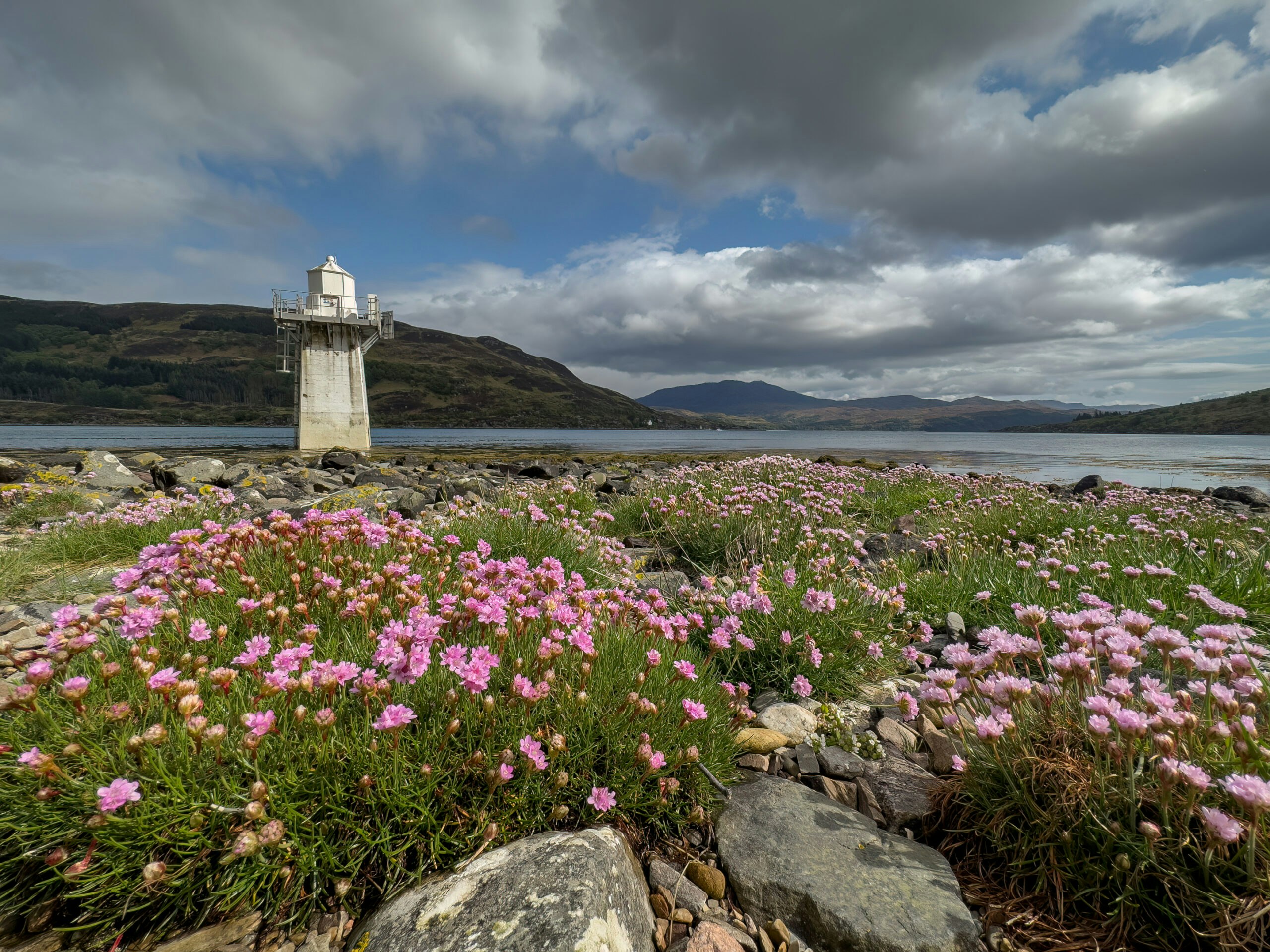
Within an hour’s drive of Glasgow, massive Loch Lomond is a place of peace, with surrounding mountains to climb and placid waters on which to cruise or paddle. Within the Trossachs, which lie to the west of the loch, there are even more bodies of water to enjoy (Katrine, Achray, and Chon), as well as 21 munros (peaks that are above 3,000 feet) and gentler ascents to tackle.
5. Irverness
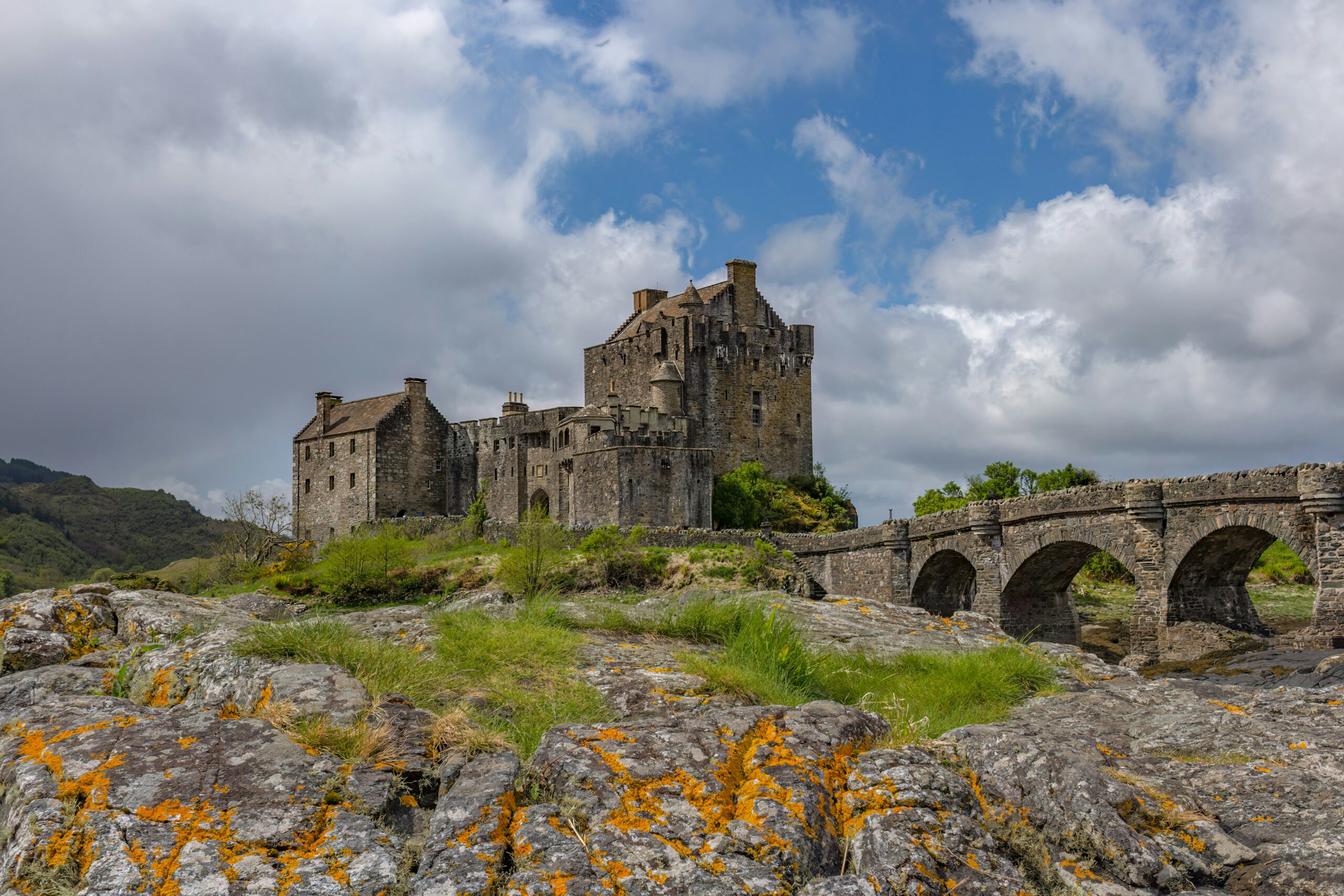
This Scottish attraction takes the form of an epic road trip along the uppermost tip of mainland Scotland. Technically 516 miles long, the circular trail starts from Inverness, heading to Wester Ross, where one might see dolphins cavorting in the water, Black Isle and Easter Ross, Caithness and Sutherland, and countless sites in between. It’s a magical way to experience ancient castles, fishing villages, wildlife, whisky tastings and, perhaps, the Northern Lights.
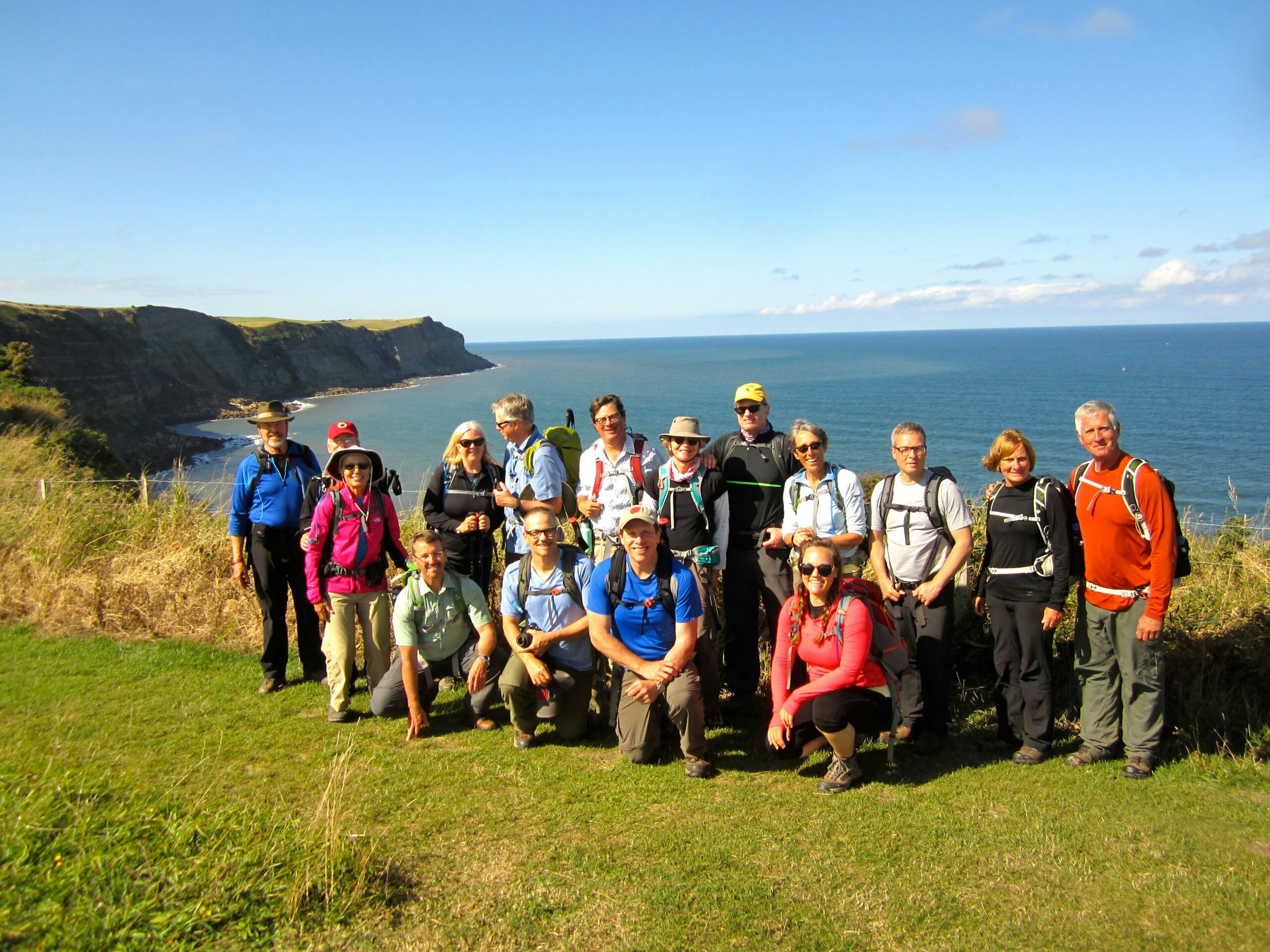
What are the best Scotland adventure tours?
Scotland Western Isles Hiking Tour
Discover wild and beautiful Scotland, a land of glimmering lochs, sweeping valleys, and dramatic cliffs on this perfect Highlands and Islands hiking experience. Warm up with drinks at Tomatin Whisky Distillery, then head for a hike through the ancient Caledonian Pine Forest, home to red deer and osprey. At Cairngorms National Park, look out for Scotland’s only free-ranging herd of reindeer. Visit Loch Ness, famed for the mythical Nessie, then it’s off to the Hebrides for hikes on the Isle of Skye and the Isle of Lewis. Mount the Storr, a rocky hill offering majestic panoramas, and stroll along Luskentyre beach as you near the edge of the continent. Wrap up your magical Scottish journey with a stop at the 5,000-year-old Callanish Standing Stones.
Where are the best places to stay in Scotland?
Scotland’s most charming hotels are those with pastoral countryside and loch views, excellent dining, and heaps of character. Thankfully, these accommodations are easy to find throughout the country. In the larger cities, five-star hotels offer all the amenities of home, and then some, from spas to world-class dining.
1. Cairngorm Hotel – Aviemore
Situated in the heart of Aviemore, a year-round resort town in Cairngorms National Park, Cairngorm Hotel is a delightful base for exploring the Scottish Highlands. The 32 en-suite rooms come complete with a full spectrum of amenities and feature lovely views over the Cairngorm Mountains or Craigellachie. The vibrant bar and restaurant is a great spot to swap travel tales.
2. Cuillin Hills Hotel – Portree-Skye
Spectacularly located within 15 acres of private grounds a 10-minute walk from the charming town of Portree, this upscale hotel showcases some of Scotland’s best vistas — over Portree Bay towards the majestic Cuillin mountain range. The 34 bespoke guest rooms are individually styled but all equipped with plush perks of four-star variety. The View restaurant serves classic dishes with a modern twist.
3. Hotel Hebrides – Isle of Harris
A boutique hideaway on the charming Isle of Harris in the Outer Hebrides of Scotland, this delightful hotel showcases stylish, contemporary guest rooms equipped with Wi-Fi, flat-screen TVs, and complimentary tea and coffee-making facilities. Many of the rooms offer loch and harbor views. Food served at the Pierhouse Restaurant is a definite highlight — locally sourced and deliciously prepared.
4. Coul House Hotel – Contin by Strathpeffer
Housed inside a lovingly restored 1820’s mansion, this delightful hotel showcases magnificent fireplaces, ornate ceilings, and great views from the public areas. The guest rooms ooze character, the cuisine served at the restaurant is creative, and the location stellar — just 25 minutes north of Inverness on the doorstep of the North Coast 500 route leading to the Highland wilderness.
5. Hotel Eileen Iarmain
Nestled in a picturesque bay in southern Skye, Hotel Eileen Iarmain offers a truly enchanting Scottish escape! All of its 16 bedrooms come with modern amenities and panoramic views of the sea! Sip on gin or whisky at the bar, or enjoy a delicious meal at the on-site restaurant before cosying up by the roaring fire in the sitting room.
Interesting Things to know about Scotland
With 709 islands, more than 550 golf courses, countless UNESCO sites, plentiful locks, hundreds of miles of coast, ancient volcanoes, castles, and more than 130 different types of whisky, Scotland is nothing if not varied for its visitors. From arts-focused Glasglow to enchanting Edinburgh, Scotland offers a stunning welcome from the Highlands to the Lowlands.
From its wildest, most beautiful, and farthest corners, it’s easy to get lost in the warmth of charming local pubs, on tours of local distilleries and traditional Harris Tweed weavers, and in the stories of crumbling ancient ruins.
What is the language in Scotland?
English is the main language spoken in Scotland. Gaelic remains the first language in the Outer Hebrides, although road signs are typically in both English and Gaelic in this area.
What to eat in Scotland?
While much of what’s on the menu in Scotland may feel familiar, there are plenty of unique traditional delicacies to try. With its extensive coastline and numerous lochs, Scotland is one of Europe’s largest seafood producers. Look for langoustines, lobster, wild trout, salmon, and oysters when dining out.
Meat eaters can tuck into Aberdeen Angus steak, or the more wild game tastes of the Scottish Highlands and Lowlands, including deer, pheasant, grouse, partridge, pigeon, hare, and more.
Adventurous diners may want to try Scotland’s national dish: haggis, a savory item made of sheep’s intestines and encased in a sheep stomach. Black pudding is actually more like a sausage, with pig blood as its main ingredient.
Tamer culinary traditions include fish and chips, scones, shortbread, oatcakes, cheeses, and tatties (mashed potatoes). The typical Scottish breakfast is a must, with eggs, bacon, sausage, buttered toast, baked beans, and a side of black pudding, haggis, tattie scones and possibly smoked fish on the side.
Scotland offers a large variety of whisky from its five distinct whisky regions: Lowland, Highland, Speyside, Islay, and Campbeltown. There are also a number of craft beer and specialty breweries throughout the country. For teetotalers, “Irn-Bru,” a carbonated, orange-flavored soft drink is the best-selling soft drink in Scotland.
What is the currency in Scotland?
The local currency in Scotland is the British pound sterling (GBP). It is symbolized by the pound sign (£) and referred to as sterling. One might also hear it called by its nickname, “quid.” One pound sterling equals 100 pence.
Money can be exchanged at the airport upon arrival (be sure to keep your receipts in case you need to exchange back on departure) or is widely available to withdraw from ATMs. Major credit cards such as Visa, MasterCard, and American Express are accepted throughout the country.
What is the electricity in Scotland?
Electricity in Scotland, and throughout the UK, is 50 hz/220-240 volts. Wall outlets take three-pin plugs. “Shaver” sockets take two round, oversized prongs. Converters may be required for small, high-wattage electrical appliances from the US, Canada, and other non-European countries. Check the voltage on your personal electronics chargers to determine if you need a voltage converter. A good resource to see images of plug types is www.power-plugs-sockets.com.
What is the time zone in Scotland?
Scotland, like the UK, is in the GMT/UTC time zone. Daylight Savings Time (DST) is observed.
What to wear in Scotland?
Dressing in layers is the key to staying comfortable in Scotland, and elsewhere in the United Kingdom. The weather can change drastically any time of year, even within one day. Be prepared for rain, wind, and sun. Pack an umbrella, a warm sweater or light fleece, a waterproof jacket, and comfortable walking shoes.
For winter travel, bring an insulated coat, scarf, gloves, hat, woolen socks, and warm shoes or insulated boots.
